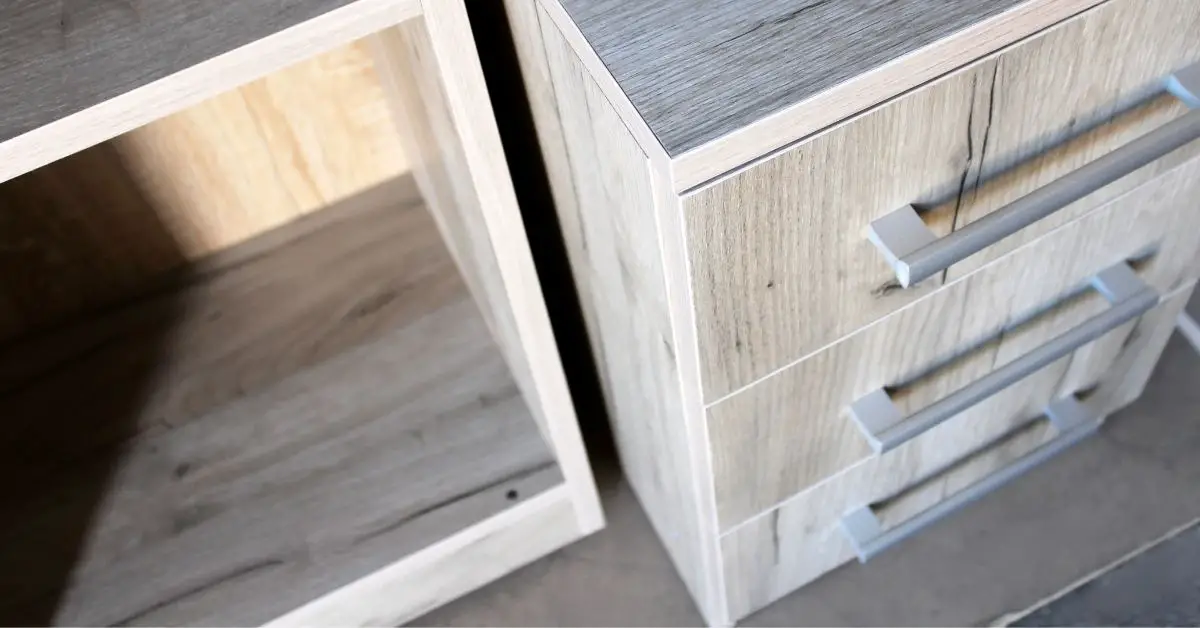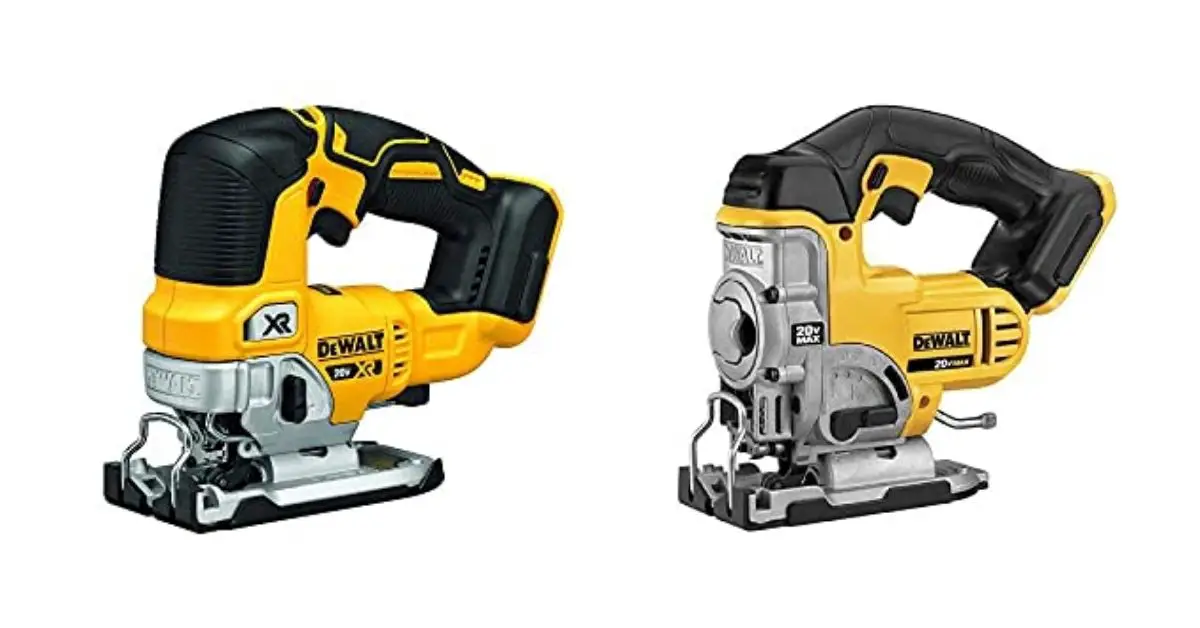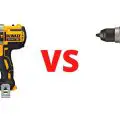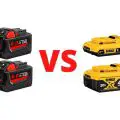Power Tools
Best Wood for Outdoor Cabinets
Building outdoor cabinets is quite the investment, as you`ll need to use wood that will be suitable for the outdoor environment. While many people prefer different materials, like polymer and steel, wood is also an excellent choice.
All the same, not all woods can withstand the outdoor elements. Here are a few kinds of wood you can use to make your outdoor cabinets:
Cypress
Cypress is mainly grown in swamps and at times found in the Southern rivers. This wood is ideal for almost any surrounding. It is a close-grained timber featuring a white to yellow surface. Also, it is highly rot-resistant and turns dark grey when exposed to sunlight and rain.
To retain its color, you can treat it, though most sealants let the wood grey out after some time. The price of cypress depends on its availability. Most of it is harvested once swamp waters are lower to allow access.
Usually, older logs harvested are considered exotic woods and can be costly. Cypress is most suitable for exterior trim or siding.
Acacia
This is a thick, sturdy hardwood with great oil content. Acacia is rot, insects, and element resistant, thus making it a perfect choice for your outdoor cabinets. It is common, hence an inexpensive option. It is element-resistant and durable; therefore, ideal for that outdoor project. Besides, acacia is used in boat making since it is water-resistant.
When it`s sealed, it is characterized by a dark golden-brown shade. On the other hand, when it`s unsealed, it might discolor, especially when exposed to water. All the same, it would be best to keep your acacia furniture away from the grass and ground since it will absorb moisture.
VG Fir
Otherwise called Vertical grain Fir, this wood has been a customary option for outdoor projects for more than a century, thanks to its durability and availability. It is relatively dimensionally steady; thus, it contracts and expands consistently and is not likely to warp.
Furthermore, it is resistant to insects and decay, and it can go for over ten years untreated in the outdoors. Lastly, VG Fir is an affordable option.
Teak
Here is yet another popular boat-making wood option. Teak boasts unmatched beauty and impressive durability outdoors. It is also characterized by high stability; therefore, it will not shrink with humidity changes. Additionally, its extractives and natural oils repel water and put off insects.
Teak as well works more hassle-freely than Ipe. On the other hand, this fantastic wood does come with one downside; most of it is not sourced sustainably; therefore, if you`re an eco-warrior, make sure to find endorsed sustainably forested wood.
Western Red Cedar
The Western Red Cedar is widely accessible and reasonably priced, and prevalently an ideal outdoor option. It usually is straight-grained, dimensionally stable, and resists insects like termites, warping, and decay.
That being said, when treated, this wood will last for two decades outdoors. Since this is softwood, beware of damaging it when inserting the fasteners. Again, expect tannins to show up as stains around the wood.
Black Locust
This is among the most rigid and robust domestic wood options. It`s in the same category as Hickory, though it offers more stability and resistance to rotting. For this reason, it is extremely tough with decent weathering characteristics.
Moreover, it is somewhat easy to work, with its working characteristics being mixed;
It sports straight grain yet has a high density and toughness, making it challenging to machine.
It has a marginal blunting impact on cutting edges
It responds decently to steam bending and lathe turning and finishes and glues impressively.
Again, Black Locust wood is reasonably priced with excellent even patterns, making it perfect for outdoor benches, cabinets, and tables.
Redwood
This is one of the most popular outdoor woods as it is naturally moisture and insect repellant. Redwood`s form has reduced resin and pitch; hence it retains finishes excellently. Nonetheless, this wood is not ecologically conscious, as redwood trees mature slowly and are not widely accessible.
Redwood is on the extravagant side due to its refined qualities and can be pricey. Besides, it is preferred for outdoor furniture and any other project that calls for a beautiful wide board. Like cedar, redwood is a softwood, thus more vulnerable to dents, chips, and dings than hardwoods.
Much like cypress, redwood tends to tear out when machining. All the same, this is an extremely attractive wood that cuts incredibly well, with minimal movement.
Ipe
Ipe is a swift-growing wood sourced for South and Central America. It is a tough and dense wood. Its density typically means that it can hardly float and is challenging to work with. Therefore, check your cutting edges when working with Ipe since there will be a high cutting resistance.
Again, Ipe is quite tricky to glue correctly. For best results, prepare the surface before gluing. It would help if you avoided using adhesive on Ipe wood as well, which is why it is not an ideal choice for furniture that needs gluing for structural reliability. Instead of adhesives, go for mechanical fasteners like interlocking wood joints or screws.
That being said, Ipe will serve you for up to 40 years when treated. On the other hand, when left untreated, Ipe will last about 15 years in your outdoor setting. Lastly, this fantastic hardwood resists warping, denting, decomposition, and cracking.
Why You Should Trust Us
At Woodworking Tool Guide, we know one size doesn't fit all! We cater to every woodworker, from beginner to pro, with insights and recommendations tailored to your skill level, project needs, and budget. We take the guesswork out of choosing the right tools, whether you're tackling your first crafting a masterpiece for the ages. So grab your chisel, join our community, and let's build something amazing together!
Woodworking Tool Guide wasn't just born, it sprouted from a seed of passion for the craft. What started as a joyful exploration blossomed into a trusted online haven for fellow enthusiasts like you. We pour our love into meticulously chosen review selections, meticulous hands-on testing, and lab-backed insights, all to empower you with reliable, comprehensive information you can build on. So, grab your tools, trust our guidance, and let's build something beautiful together!
Passion-Driven Expertise
Our journey started with a shared love for woodworking. The team behind the Woodworking Tool Guide is comprised of individuals who are not just writers but passionate woodworkers themselves. This shared enthusiasm ensures that our content is crafted with a deep understanding of the craft and an authentic appreciation for quality tools.
Top Tool Guides Online
Woodworking Tool Guide has rapidly ascended to become one of the premier online destinations for tool guidance. Our commitment to excellence and the accuracy of our information has positioned us as a reliable source for both beginners and seasoned woodworkers seeking trustworthy advice on the best tools for their projects.
User-Centric Approach
Our content caters to every woodworker, from rookies just starting out to seasoned pros tackling intricate projects. We tailor our insights and recommendations to your skill level, project needs, and budget, ensuring you find the perfect tools to match your unique woodworking journey. So step into your workshop, grab your tool belt, and let Woodworking Tool Guide be your trusted companion as you craft your masterpieces.
Continuous Support and Innovation
Woodworking is an ever-evolving craft, and so is our commitment to supporting you. We are dedicated to bringing you the latest information on woodworking tools, techniques, and trends. Our team is actively working to expand our content and bring you more valuable insights, ensuring that you stay well-informed in your woodworking adventure.
Hands-On Experience
Ditch the endless research rabbit hole! At Woodworking Tool Guide, we believe in actionable advice, not armchair analysis. We get our hands dirty, putting every tool through its paces in real-world woodworking scenarios. Whether it's the precision of a table saw, the versatility of a router, or the tactile satisfaction of a handplane, we test for performance, durability, and user-friendliness. No more sifting through dry specs – we deliver practical insights you can trust to transform your woodworking dreams into reality.
Woodworking Tool Guide isn't just a review site, it's your trusted companion on the sawdust-filled path to woodworking mastery. Our expert team, led by veteran David Jones, meticulously tests and explains tools in terms you understand. We cut through the jargon, bias, and confusion with real-world insights and honest evaluations. Join our passionate community, where decades of experience, cutting-edge knowledge, and shared love for the craft come together to guide you every step of the way. So grab your chisel, buckle up, and let's embark on this exciting woodworking adventure, together!
Final word
Typically, hardwoods like teak and Ipe are the safest options for your outdoor cabinets. Because these woods are highly durable and rot-resistant, they will last longer outdoors. Again, hardwoods are robust and can serve you with minimal maintenance requirements for decades.
Eventually, anything made of wood outdoors will degrade. Hence, softwoods are also a great choice, as they also hold similar characteristics to some hardwoods, like rot and insect resistance, and they have a magnificent appearance.
So, if you`re looking for a long-lasting wood, Ipe, acacia, and teak, are excellent choices, though, with Ipe, you`ll have to be patient when working with it.
Now that you known the best wood for outdoor cabinets, have fun building!







